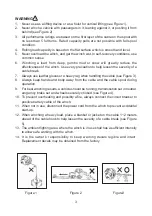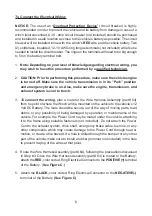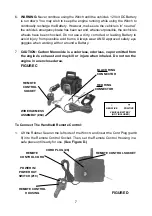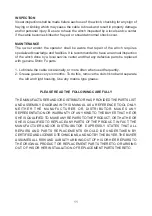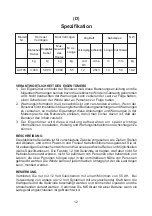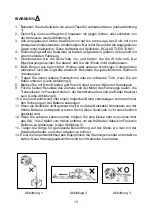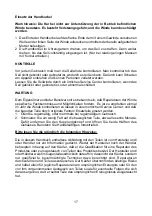
3
W ARNING
1.
Never use as a lifting device or as a hoist for vertical lifting (see Figure1).
2.
Never winch a vehicle with passengers in it, leaning against it, or pushing it from
behind (see Figure 2).
3.
All performance ratings are based on the first layer of the cable on the spool with
no less than 5 full turns. Rated capacity pulls are not possible with full spool
condition.
4.
Rolling load capacity is based on the flat surface which is smooth and level.
5.
Never overload the winch, and get the winch wet. In self-recovery conditions, use
common sense.
6.
Winching a load from deep, gumbo mud or snow will greatly reduce the
effectiveness of the winch. Use every precaution to help lessen the severity of a
cable break.
7.
Always use leather gloves or a heavy rag when handling the cable (see Figure 3).
8.
Always keep hands and body away from the cable and the cable spool during
operation.
9.
For best winching results, a vehicle should be running, transmisstion set in neutral.
emgerncy brake set and wheels securely choked (see Figure 4).
10. To prevent overheating and possibly a fire, always connect the circuit breaker to
positive battery cable of the winch.
11. When not in use, disconnect the power cord from the winch to prevent accidental
start-up.
12. When winching a heavy load, place a blanket or jacket on the cable 1~2 meters
ahead of the cable hook to help lessen the severity of a cable break (see Figure
5).
13. The ambient lighting area where the winch is in use shall has a sufficient intensity
to allow safe working with the winch.
14. It is the owner’s responsibility to keep warning decals legible and intact.
Replacement decals may be obtained from the factory.
!
Figure 1
Figure 2
Figure3



